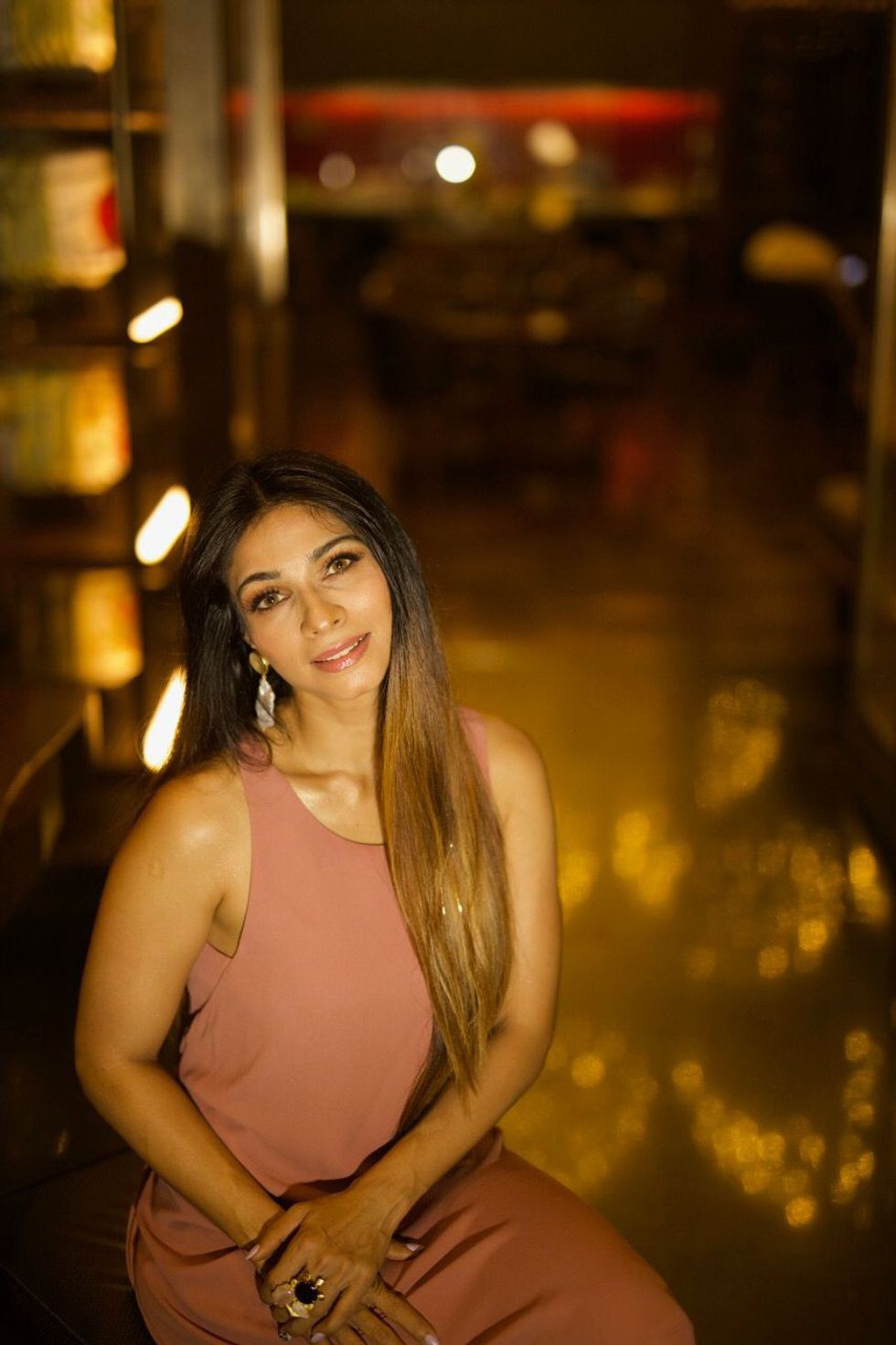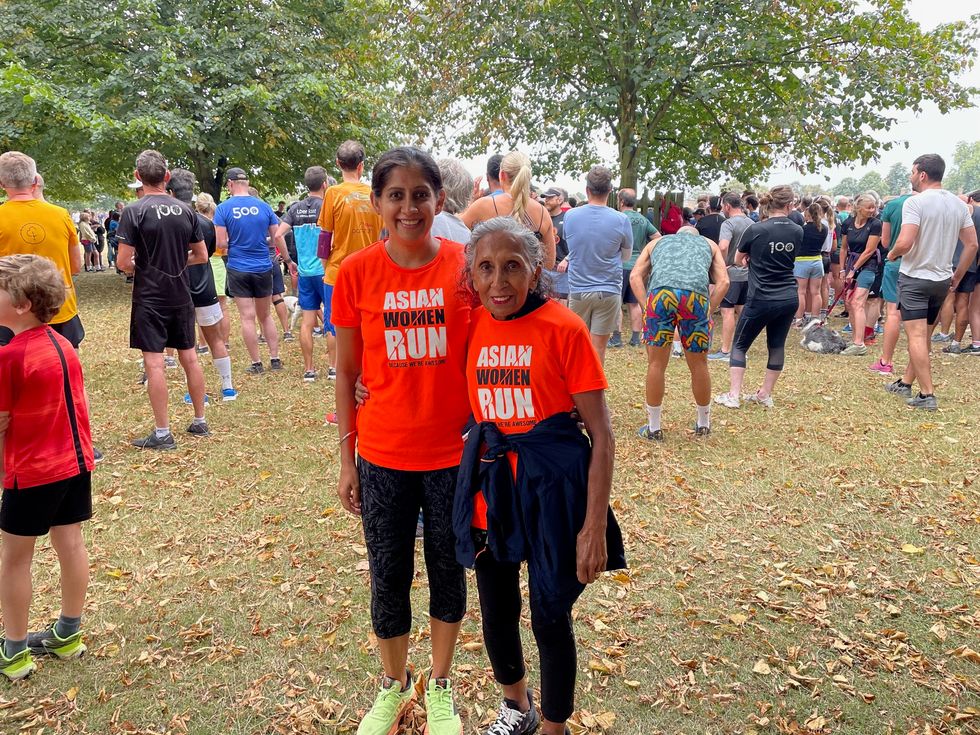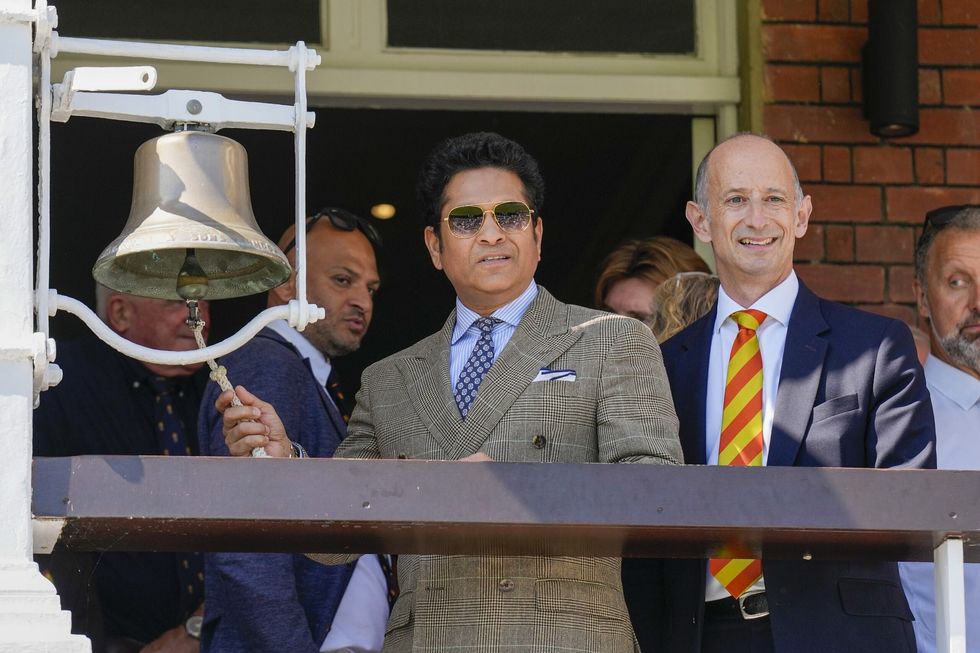Tanishaa Mukerji explains why being a positive influence is important to her
SHE may come from a distinguished film family that includes her legendary mother Tanuja and superstar elder sister Kajol, but Tanishaa Mukerji has not allowed the pressure of being surrounded by acting giants all her life to crush her, and has done things on her own terms.
That has included making a happy life away from the spotlight by pursuing non-cinema passions, and only taking on select films.
But her connection to acting has remained strong and she has a number of interesting projects on the way, including the film Code Name Abdul set to be released next Friday (10), which looks like launching an interesting new phase for the actress.
Eastern Eye caught up with Tanishaa to discuss her next film, passions away from work and what she would love to master.
What does being an actress mean to you today?
To me, being an actress means having a responsibility to my audiences about the kind of characters I choose to portray and the projects I take up. Knowing how easily and strongly influenced people are getting by film and television, as an actress I feel I have a greater responsibility to influence my audiences with awareness and towards a higher way of thinking.
So is finding satisfying projects the biggest challenge?
No, it’s not the biggest challenge. Finding satisfying projects today is much easier than it was in the past because there is so much content being created on various platforms. This is now a very good time to be an actor.
Tell us a little more about your forthcoming projects?
I have a film called Code Name Abdul, which I shot before the lockdown, that is being released in theatres this month. I also just did a short film that came out on a new OTT platform about suicide, which is a social issue I feel very strongly about. I’m currently working on a film called Rosie where I play a paranormal expert.

How do these roles compare to ones you have done before?
I think every role I’ve played has its own space and in such a creative space, it is difficult to compare roles. I believe you learn something different from each one.
Do you have a dream role you would love to play?
I would love to play Anne Hathaway’s role from (the film) Devil Wears Prada, because it was so well written, and I love fashion. Also, Angelina Jolie character from the Tomb Raider films because I love treasure-hunt, action-adventure films.
What inspires you?
Life and all the beautiful things it has to offer is something that really inspires me.
Has lockdown changed you in any way?
Lockdown has changed everyone, and if it hasn’t, then I would think there was something wrong with you. I think that change is good. So, it has changed me and hopefully for the better.
What do you enjoy watching as an audience member?
I love chick flicks, action-adventure and love stories, but will watch anything that is entertaining and well made.
What are your biggest passions away from work?
Away from work, I have an NGO called Stamp Foundation, which is all about increasing India’s green cover and reducing our carbon footprint. We do this by creating themed gardens, working on reforestation projects and reconnecting people to nature. Another passion of mine is crochet, which I taught myself through the first lockdown. I enjoy creating and experiment with different types of wool, threads and cotton, and really enjoy learning new patterns.
If you could master something new, what would it be?
If I could master something new, it would be gymnastics. I’ve always been physically fit, and gymnastics is about control and letting go as well. To know one’s own body well enough to control it, jump, flip and defy gravity is something that intrigues me. That is why I do yoga. It’s a mind body soul balance. Also, I’m a huge Tiger Shroff fan, and if I could master something, I wanna be able to master his flips and look as graceful as he does.
What is the biggest life lesson your acting journey has taught you?
My acting journey is still going on and there is a long way to go, but so far it has taught me to be open and experience new things and to become more conscious of my body language.
What is your idea of happiness?
It is choosing to be happy every moment. That is my idea of happiness



















 The circular structure inspired by jali screens in India
The circular structure inspired by jali screens in India Sophie, Duchess of Edinburgh, at the garden
Sophie, Duchess of Edinburgh, at the garden The couple display their medals
The couple display their medals
 (Photo credit: PTI)
(Photo credit: PTI)